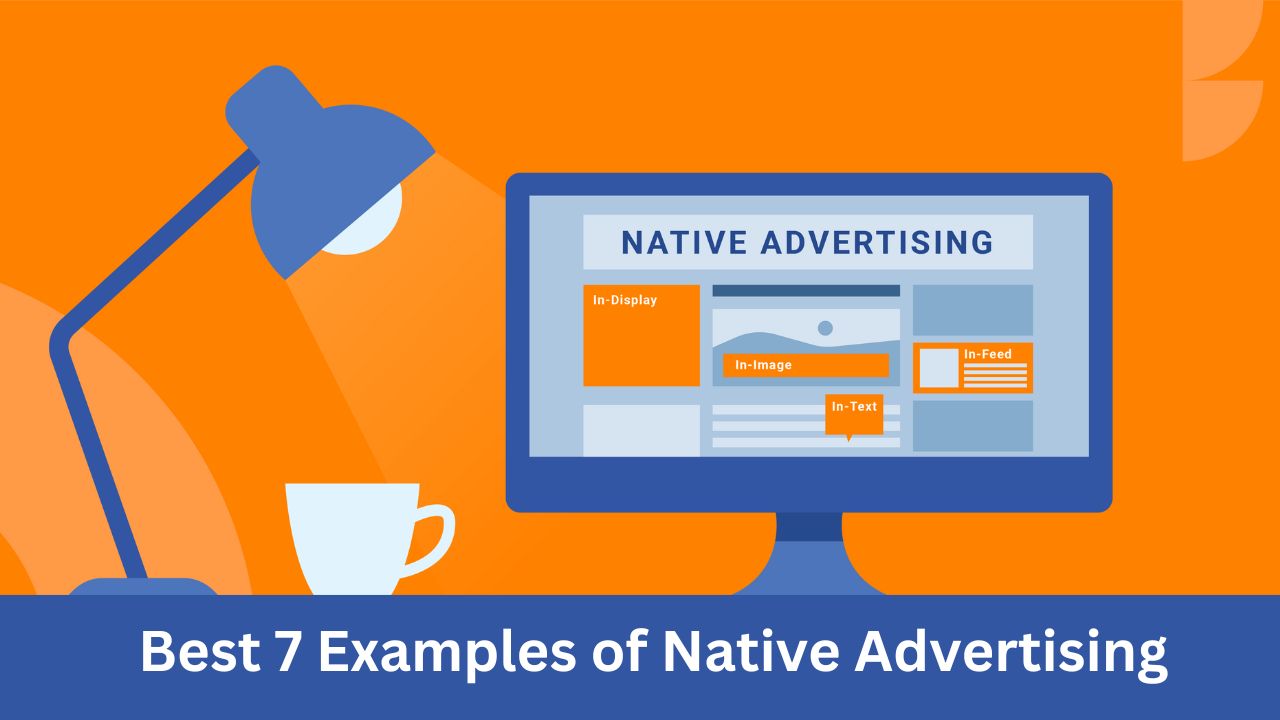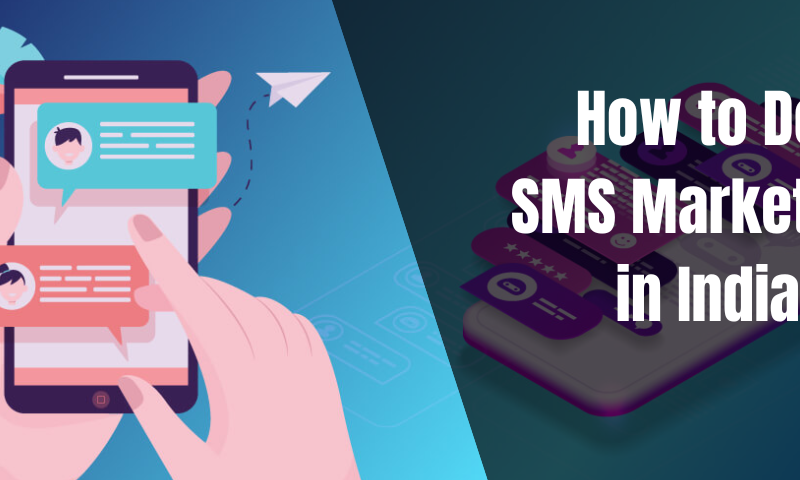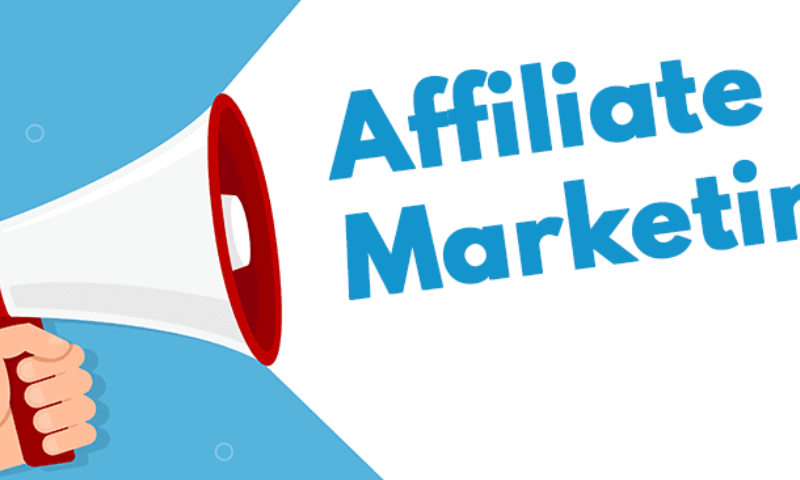
Best 7 Examples of Native Advertising
Brands are changing the way they advertise. A major shift from outdoor advertising to native ads is worth noting as a big change is taking place in the parlance of advertising today. Until now, most of us were only aware of the display ads, social ads, or video ads published on the digital interfaces. But with the increasing reach and penetration of the internet, it is safe to say that the scope and diversity of online advertising has gained a robust momentum.
Native advertising is a form of digital advertising in which ads appear within the flow of regular content on a user’s mobile phone, tablet, or computer. In contrast to more traditional advertising like pop-ups or banner ads, native advertising focuses on downplaying its very nature as an ad. Examples might include a sponsored post or an article written by a company for an online publisher.
List of Native Advertising Examples
Keeping in mind the shift in the market trend, many brands and digital advertising agencies have adopted native advertising with success. Let’s have a look:
1. Spotify and Stranger Things:
Netflix and Spotify are two brands that are well known for utilizing their user’s data to create unique, relevant experiences. In 2017, the platforms partnered to create a truly original native advertising campaign that garnered a lot of attention. After the premiere of Netflix’s Stranger Things series, Spotify users logged into their accounts to find that they could enter the “Stranger Things” mode on the platform, and based on their listening habits they were assigned a Spotify playlist based on a character from the show. This content was identified as sponsored and had a design that was adapted to Spotify’s platform and aesthetic. This is a great example of elite-level native advertising.
2. Altran Engineering:
Produced by the Altran engineering company, and published in the Industrial Tech section of the Financial Times, the “Hyperloop: designing the future of transport?” tells the story of a group of students from the Technical University in Valencia, Spain who are competing in the 2018 Hyperloop Pod Competition run by Musk’s SpaceX company. This native video ad has a palpable human component with the students and the Altran staff who are supporting them in the tough competition. This brings in its futuristic aspect which is the best and the brightest working to design the fastest transport pod that will transform the future of transportation. Moreover, it’s presented as a news story, not as a promotion or ad for Altran or the SpaceX competition while promoting both. This video has a high production value, making it a high-quality native video ad. The compelling narrative it provides also strongly pulls viewers in and gives them a story they want to engage with.
3. Instagram filters and Nickelodeon:
Not all native ads on social media have to be in-feed advertisements. Nickelodeon showed this with their fun “Which SpongeBob Character Are You?” Instagram filter. This version of native advertising is entertaining, interactive, and a great way to connect with Instagram users. On the app it is indicated as being sponsored by Nickelodeon, it’s placed where all of the other filters are, and works just the same as any other organic filter. Clever indeed!
4. Taco Bell and Snapchat:
Similar to Nickelodeon’s Instagram filter, Taco Bell decided to partner with Snapchat to create a lens in celebration of Cinco de Mayo. The sponsored filter made users’ faces look like giant taco shells and although the idea was relatively simple, users loved it! The filter was a great success and got over 224 million views in one day. Of course, not only did it entertain people but it also promoted Taco Bell across the social network.
5. Land Rover:
It is a known fact that Land Rover uses diverse content marketing campaigns to promote its vehicles. These native content strategies are all seen in Land Rover’s Dragon Challenge video. It’s eye-catching, slick, and suspenseful. It’s everything a native campaign can and should be. This nail-biting ad shows the world’s first attempt to scale the stairs leading to the Heaven’s Gate landmark in China by vehicle. A specially fitted Range Rover SUV successfully drove up the 999 steps to Heaven’s Gate, at a frightening angle of 45 degrees. This native campaign perfectly captures the brand essence of Land Rover which is supposed to be daring, excellence, adventure, and ultimately, success. Promoted via social Land Rover’s networks, it’s much more than an ad. It’s a record-breaking event and a story of its own.
6. Samsung:
This is a noteworthy example of native content which is sophisticated at its best. Featured on CNN in its “Better Tech for All” feature, Samsung is using native to promote the “A Sign of the Times” campaign about its accessible TV screens and “Screens for All” corporate vision. Once the viewer lands on the native content page, they are served a long-form article about the story of David Cowan, a sign language specialist, his personal journey as struggles with his identity as a deaf person, and his work in ASL and the role tech can play. But this is not the regular scrolling article. It’s filled with video, audio, clickable links more, showing how native content can be completely captivating and fully accessible, and the ideal medium for true storytelling.
7. Mercedes:
This native campaign by Mercedes is an example of smooth, clean content designed to increase interest and engage the user. The campaign is called “The rise of the superhuman,” and it focuses on various technologies that are turning people into “superhumans,” such as robotic exoskeleton suits, virtual reality in medical settings, and the Mercedes Benz E-class series that integrates the new Intelligent Drive system. This native content is highly interactive, featuring quiz questions and hot spots the user can click to get more information.
However, one of the best things about this campaign is how it effortlessly creates a connection between Mercedes and the “superhuman.” It’s reminiscent of one of the oldest native examples, the “Penalty of Leadership” ad by Cadillac, which enhanced the Cadillac image as a prestigious leader. That simple print ad, published in 1915, is credited with reviving the Cadillac brand and boosting flagging sales that plagued the company at the time. What works for the ad is that the major draw of this native ad is the powerful connection it creates between the car and the concept of cutting-edge excellence. It establishes Mercedes as a company that is about more than just crafting cars.



